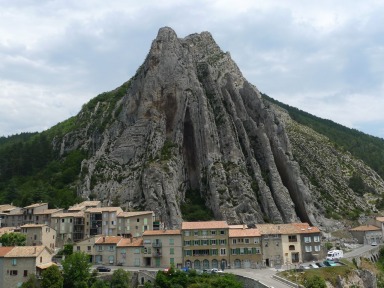The stonemasons never showed up.
• Monday morning in Provence
• South of France
• Forecast for a cobalt blue sky and 28C
• There must be a national holiday soon
Who could blame them?
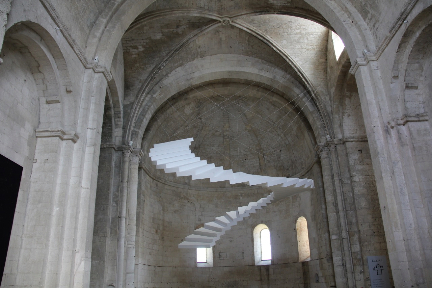
The stonemasons never showed up.
• Monday morning in Provence
• South of France
• Forecast for a cobalt blue sky and 28C
• There must be a national holiday soon
Who could blame them?

Cowboy culture runs deep in parts of Provence and throughout the Camargue. Although, the customs have Spanish roots, the Provençal character is what thrives today. White horses, black bulls, traditional costumes, processions and convivial atmosphere all surround several days (and long nights) of events. The program is built around a celebration of the patron saint of the village church. However, most of the activities have nothing to do with religious orientation.
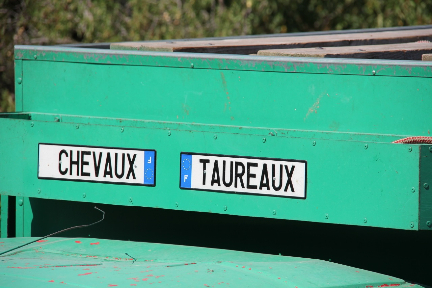
Every Provençal village hosts a variation of these festivities. Consistent elements of which, are captured in the ABC list below. If, you missed Nutmeg’s 2012 post you can see it here.
It was a solo visit for Nutmeg. Ginger had no interest in the Souleiado fabric museum in Tarascon. The display provides a historical overview of their fabrics and methods of textile printing. The lighting in the small museum could be improved, and the information provided could be more explicit. The history of Indian fabrics in Provence is long, with imports starting in the late 16th century. These brightly coloured and heavily patterned cloths were cherished when they first arrived. French production of Indian patterns started in Marseille in 1648. Initially, the output was of poor quality in comparison to the imports. However, as designers and printers mastered the trade, their capabilities expanded and the quality of products improved over time.
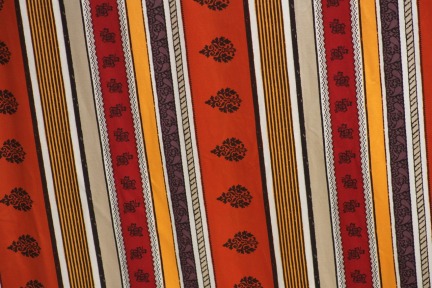
The maze of construction hoarding is gone. Vehicle congestion is a mere shadow of its former chaos. As Cultural Capital of the year, Marseille is ready to welcome the world this summer.
The exact value of total funds dispensed for urban infrastructure projects, new artistic exhibition space, and other enhancement work would require a forensic accountant. The results of this massive undertaking are changing Marseille’s scruffy image and vastly improving the previously underwhelming waterfront.
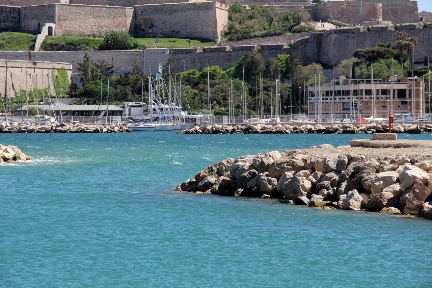 Here are some of the highlights:
Here are some of the highlights:
Nutmeg has been fortunate enough to visit France several times. One year Ginger and Nutmeg joined some friends on a cycling trip through Provence. That was the beginning of their “love-affair” with the region. However, on all the previous trips the fields of lavender had already been harvested, it was too late in the season. This time Nutmeg was determined to see the flowering fields.
The lavender plant is actually part of the mint family, and there are some 39 varieties. The plants love the dry, sandy, rocky soil that is typical of the Vaucluse region of Provence. Lavender flowers come in many colours, they can be blue (almost indigo), purple, violet, even pink or white varieties exist. It is a relatively easy plant to grow, as it requires minimal care.
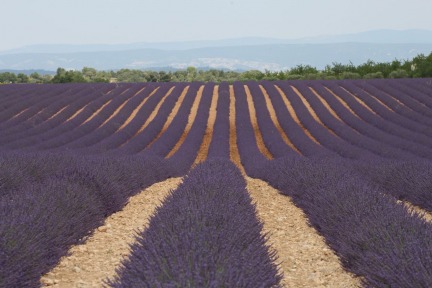
In May 2003, the label Jardin Remarquable (Remarkable Garden) was created, to celebrate and document the magnificent gardens of France. A Jardin Remarquable, is one that meets the established criteria; integration in the site, interesting blend of vegetation, quality of the location, engaging use of plants and where applicable provides historical interest.
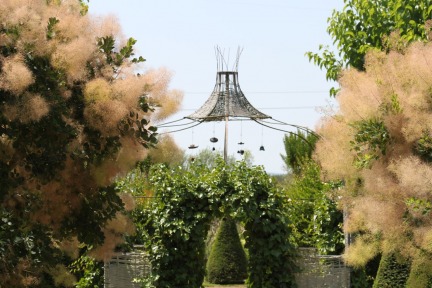
Nutmeg has a friend who is interested in really big construction projects. He had previously visited the site of the Malpasset Dam outside Fréjus and recommended a visit to the site as an interesting road-trip.
The Malpasset Dam was an enormous initiative completed in 1954. It collapsed less than five years later, on December 2, 1959. The dam on the Reyan River was arched in design, or more technically a double curvature with a variable radius. The dam height was 60 meters, 6.78 meters at the foundation and the length of the crest was 223 meters. The history of the dam is a bit unclear as some reports have work starting in 1941, possibly early planning that was very likely disrupted by World War II. In 1946, there were geological and hydrological studies undertaken. There is now some question about the quality of the engineering studies, due to lack of proper funding. Construction work on the dam started in April 1952, the work was halted a few times due to labour strikes. The final cost of the project in 1955 dollars was 580 million francs. The statistics are all below:
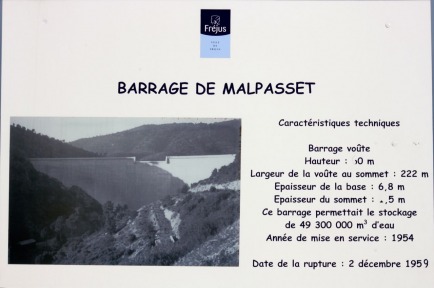
Garage sale? – are you selling your garage?
Nutmeg loves the fact that the French language is descriptive in nature. Vide grenier literally translates into “empty attic”, in other words, a chance to rid your attic of used stuff. Now does that not make sense?
In France, as in North America, the vide grenier season begins in April and runs well through October. In some villages, there may even be more than one sale in a year – multiple occasions to empty that attic…

The official workweek in France is 35 hours. Then there is vacation time consisting of, 11 statutory holidays (jours fériés) and 5 weeks of personal vacation time. Minimum retirement age is currently 60, it will move to 62 in 2018. Does that sound like paradise?
Think again.
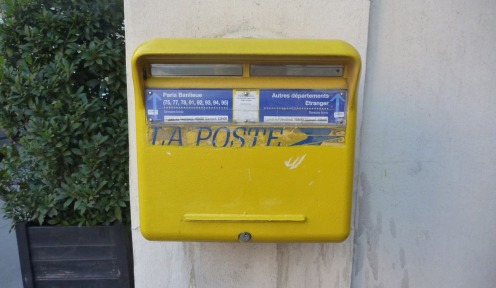
In a country such as France with a rich, complex history and endless stunning vistas, one is hard pressed to pick a favourite place. A friend suggested to Ginger and Nutmeg that a drive through the Haute Provence Vallée du Jabron, is well worth the effort. Nutmeg would like to thank their friend for the suggestion, as the valley is remarkable. The route starts just outside Sisteron (see photo below) and heads westward along the D946 through tiny hamlets. The following description, translated from the official website, is a beautiful portrayal of the valley:
From the Durance to the Luberon, from Mont Ventoux to Sisteron lives between the moon and the stars the Jabron Valley.
Giono is the mountain, the land of shepherds, lavender, olive trees …
A Kingdom of silence, a land of lights, of stars …
A valley where one finds the will to live.
